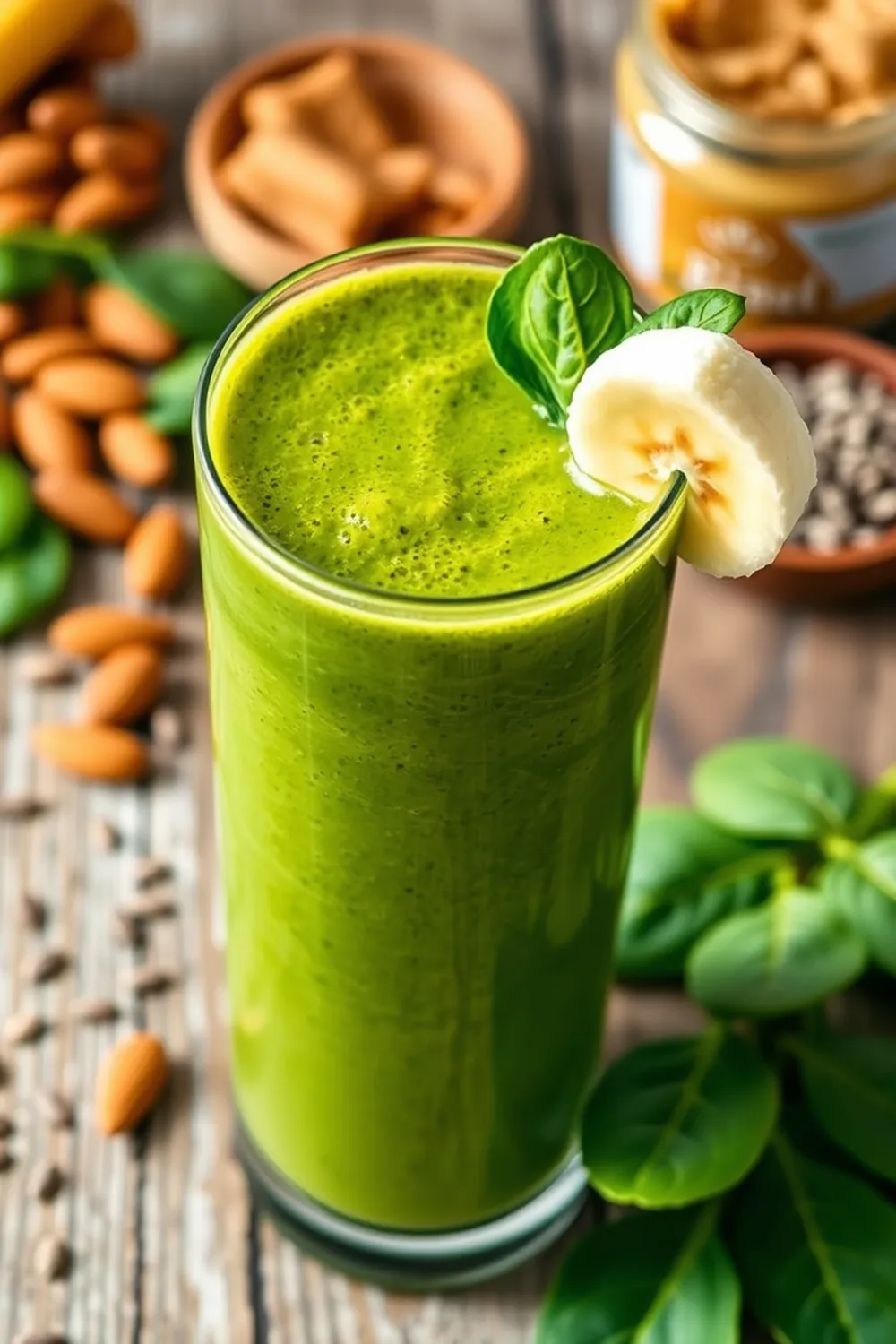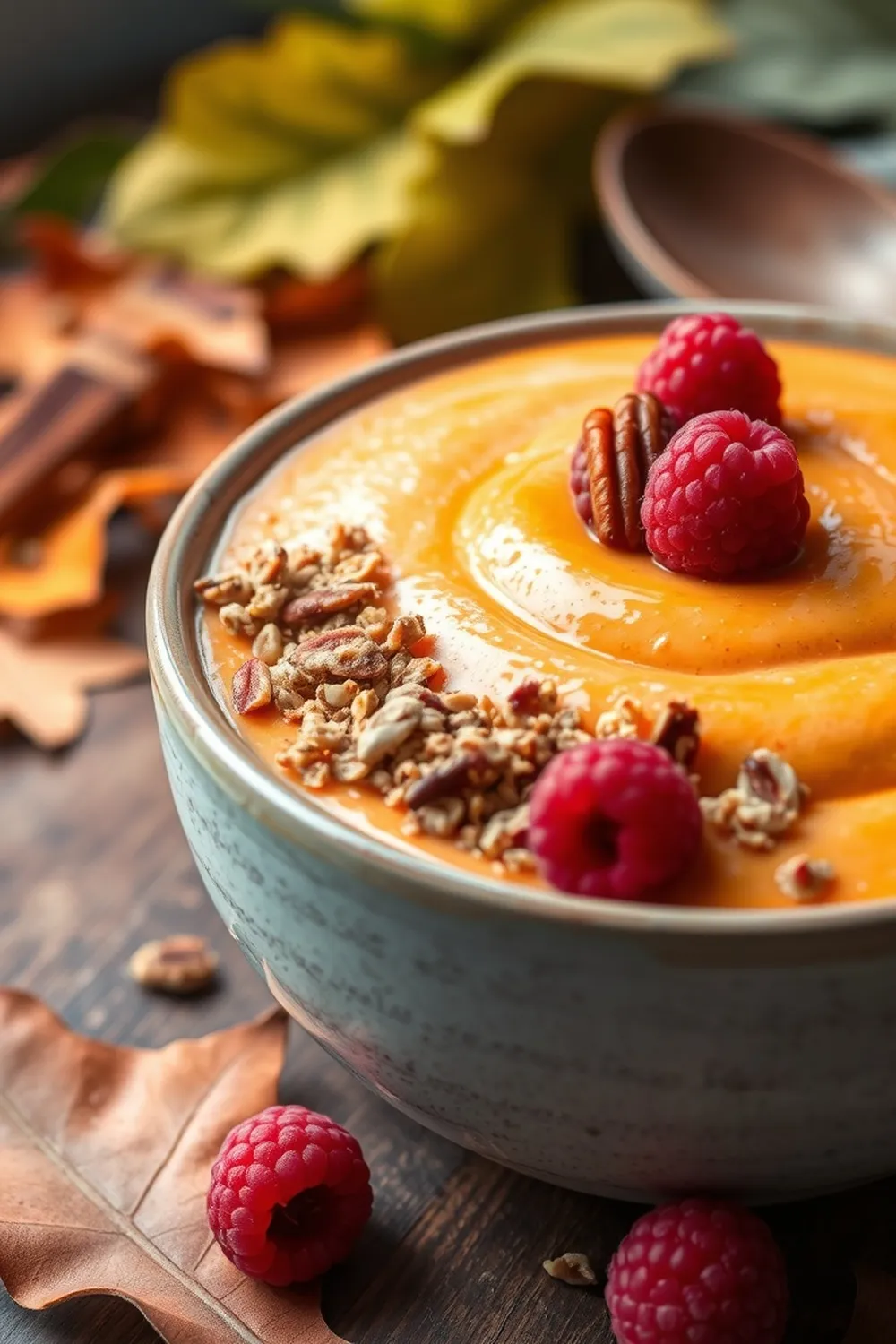- Bring water to a boil with salt and oil. Gradually add ragi flour and mix continuously to form a dough.
- Let the dough cool slightly, then knead into a smooth dough and divide into 4 equal portions.
- Roll each portion into a 6-inch roti, using minimal flour to prevent sticking.
- Cook on a hot griddle for 30-35 seconds per side, pressing gently to encourage even puffing.
- Serve hot with chutney, curry, or vegetables.
- Calories:120 kcal25%
- Energy:502 kJ22%
- Protein:3 g28%
- Carbohydrates:24 mg40%
- Sugar:0.5 mg8%
- Salt:150 g25%
- Fat:1.5 g20%
Last Updated on 6 months ago by Neha Deshmukh
Ragi Roti Recipe – Easy Gluten-Free Indian Flatbread
Hey everyone! If you’re looking for a healthy, delicious, and surprisingly easy flatbread to add to your rotation, you have to try ragi roti. I remember when I first started exploring gluten-free options, ragi flour was one of the first I fell in love with – it has such a lovely, slightly sweet flavour. This recipe is a staple in my house now, and I’m so excited to share it with you.
Why You’ll Love This Recipe
Ragi roti (finger millet flatbread) is a fantastic addition to any meal. It’s naturally gluten-free, packed with nutrients, and comes together quickly. Plus, it’s a wonderful way to introduce a superfood into your diet without sacrificing taste! It’s a little different from your typical wheat roti, but trust me, it’s worth a try.
Ingredients
Here’s what you’ll need to make these delightful rotis:
- ?? cup fine ragi flour (approx. 90-100g)
- ?? cup water (approx. 180-200ml)
- 1 teaspoon oil
- ?? teaspoon salt (approx. 5g)
Ingredient Notes
Let’s talk ingredients! Getting these right will make all the difference.
Ragi Flour: Nutritional Benefits & Varieties
Ragi flour is a powerhouse of calcium, iron, and fiber. It’s fantastic for digestion and overall health. You can find it at most Indian grocery stores, or online. There are different varieties of ragi flour – some are darker than others. Don’t worry too much about the colour; they all taste great!
Oil: Choosing the Right Oil for Ragi Roti
Any neutral-flavored oil will work well here. I usually use sunflower oil or vegetable oil. Ghee (clarified butter) adds a lovely flavour, but isn’t essential. About 5ml is perfect.
Water: Temperature & Quantity Considerations
Lukewarm water helps to bind the dough better. Start with a little less than the full amount and add more, a tablespoon at a time, until the dough comes together. The amount of water needed can vary depending on the ragi flour.
Salt: Enhancing Flavor
Salt is essential for bringing out the flavour of the ragi. Don’t skip it!
Step-By-Step Instructions
Alright, let’s get cooking!
- First, boil the water with salt and oil. This little step makes a big difference in the texture of the roti.
- Once boiling, add the ragi flour and quickly mix everything together. It will look a bit crumbly at first, that’s okay!
- Let it cool slightly – you should be able to comfortably handle the dough. Then, knead it into a smooth, soft dough. This takes a little effort, but it’s worth it.
- Divide the dough into 4 equal portions.
- Now, roll each portion into a 6-inch (approx. 15cm) roti. Use minimal flour to prevent sticking – ragi flour is a bit different than wheat flour and can get gummy if you use too much.
- Heat a griddle or flat pan over medium-high heat.
- Cook each roti for 30-35 seconds per side, pressing gently with a spatula to help it puff up evenly.
- Serve hot with your favourite chutney, curry, or vegetables!
Expert Tips
Here are a few things I’ve learned along the way:
Rolling Ragi Roti Without Sticking
Ragi flour tends to stick. Keep a very lightly floured surface and use a light touch when rolling. If it does stick, gently scrape it off with a spatula and add a tiny bit more flour.
Achieving the Perfect Puff
A hot griddle and gentle pressure are key to getting that perfect puff. Don’t be afraid to experiment with the heat level.
Troubleshooting Common Issues
- Roti is too dry and crumbly: Add a little more water, a teaspoon at a time.
- Roti is sticking to the griddle: Your griddle isn’t hot enough, or you’ve used too much flour.
- Roti isn’t puffing up: Press gently with a spatula while cooking.
Variations
Let’s get creative!
Vegan Ragi Roti
This recipe is already naturally vegan! Just ensure your oil is plant-based.
Gluten-Free Confirmation & Considerations
This recipe is naturally gluten-free, however, always double-check the packaging of your ragi flour to ensure it hasn’t been processed in a facility that also handles wheat.
Spice Level Adjustments (Adding Green Chilies or Red Chili Powder)
My family loves a little kick! Feel free to add a finely chopped green chili or a pinch of red chili powder to the dough for some extra heat.
Festival Adaptations (Makar Sankranti or Lohri)
Ragi roti is a wonderful addition to Makar Sankranti or Lohri feasts. It’s a healthy and traditional choice.
Serving Suggestions
Ragi roti is incredibly versatile. Here are a few of my favourite ways to enjoy it:
- With a spicy vegetable curry
- Served alongside a cooling raita
- Paired with a tangy mango chutney
- Simply with a dollop of ghee
Storage Instructions
Ragi roti is best enjoyed fresh. However, you can store leftovers in an airtight container in the refrigerator for up to 2 days. Reheat on a griddle or in a dry pan.
FAQs
Got questions? I’ve got answers!
What are the health benefits of ragi roti?
Ragi is incredibly nutritious! It’s a great source of calcium, iron, fiber, and antioxidants. It’s good for digestion, bone health, and overall well-being.
Can I make ragi roti ahead of time?
You can make the dough ahead of time and store it in the refrigerator for up to a day. Just bring it to room temperature before rolling.
What can I serve with ragi roti besides chutney and curry?
Try it with dal, sabzi (dry vegetable dish), yogurt, or even a simple egg bhurji (scrambled eggs).
Is ragi flour interchangeable with other flours in this recipe?
While you can experiment, ragi flour has a unique texture and flavour. Substituting it with other flours will significantly change the result.
How do I know when the griddle is hot enough for cooking ragi roti?
A drop of water should sizzle and evaporate quickly on the griddle. If it beads up and rolls around, it’s not hot enough.










